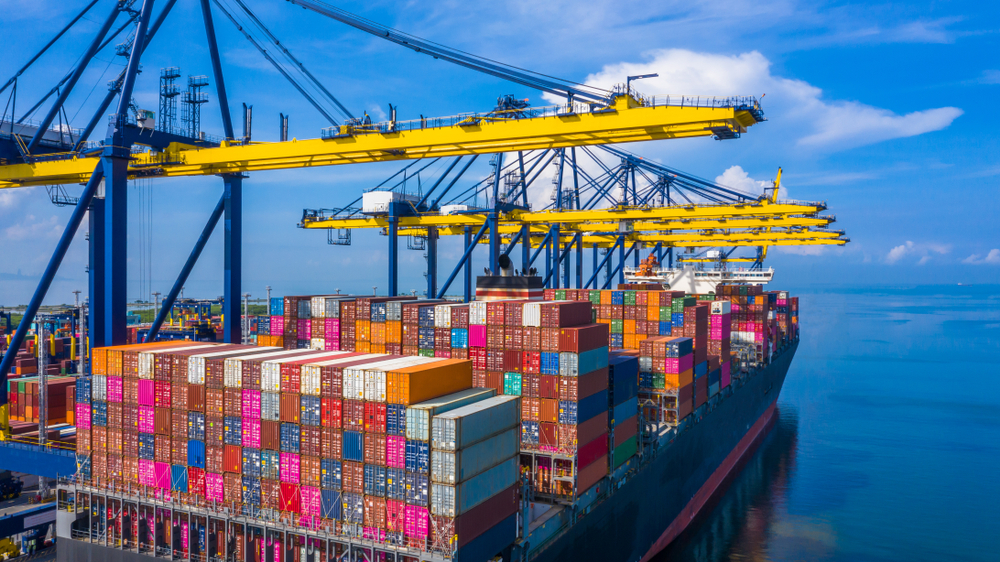The vital role of certificates of origin in global commerce
Certificates of Origin (CoOs) play a crucial role in global commerce by providing clear documentation of a product’s origin. These certificates serve as strategic facilitators, ensuring transparent cross-border transactions and preventing the evasion of trade regulations. By certifying compliance with trade agreements, CoOs contribute to reduced tariffs and other benefits, fostering a fair and efficient international trade environment.
CoOs contribute to the overall reliability and integrity of the global supply chain. With an emphasis on authenticity and accurate origin disclosure, CoOs enhance the trust between trading partners and regulatory authorities. This trust is pivotal for sustaining long-term business relationships and ensuring that goods meet the necessary standards and regulations.

Image Credit: Pixabay
Certificates of Origin (CoOs) stand as pivotal documents in the dynamic arena of international trade, serving as authoritative testimonials that delineate the origin of goods. At the heart of cross-border transactions, a Certificate of Origin is a critical tool providing comprehensive information about the country in which a commodity or good was manufactured. This disclosure plays a crucial role in the intricate web of trade regulations, contributing significantly to the determination of import eligibility and the imposition of duties.
Importance of certificates of origin in international trade
A Certificate of Origin (CoO) is a document used in international trade to certify the country of origin of a particular product. It is an important document for customs authorities, importers, and other stakeholders as it provides information about where the goods were produced or manufactured.
The CoO is typically required to determine tariffs, quotas, and other trade-related measures. It helps prevent the circumvention of trade regulations and ensures that the correct duties and taxes are applied to imported goods. The document may also be used to satisfy the requirements of certain trade agreements or preferences that grant reduced tariffs or other benefits to goods originating from specific countries.
The content and format of a CoO can vary depending on the regulations of the exporting and importing countries. Generally, it includes information such as the exporter’s name and address, the consignee’s name and address, a description of the goods, the Harmonized System (HS) code, the country of origin, and the signature of the exporter or an authorized representative.
Strategic Trade Facilitation Role: Certificates of Origin serve as facilitators in international trade, ensuring smooth cross-border transactions by providing transparent information on the origin of goods.
Preventing Trade Regulation Evasion: CoOs play a pivotal role in preventing the circumvention of trade regulations, as they are essential for determining tariffs, quotas, and other trade-related measures accurately.
Customized Guidance from Trade Associations: Businesses can seek assistance from chambers of commerce and trade associations to navigate the specific requirements of CoO in different countries, preventing delays and additional costs.
Documented Compliance with Trade Agreements: CoOs not only certify the origin of goods but also act as documented proof of compliance with certain trade agreements or preferences, granting benefits such as reduced tariffs or exemptions based on specific criteria.
Exporters need to be aware of the specific requirements for CoO in the countries they are dealing with, as failure to comply with these requirements could result in delays or additional costs in the importation process. Many chambers of commerce and trade associations can assist businesses in obtaining and verifying Certificates of Origin.
Types of COs
Certificates of Origin come in different types, each serving a specific purpose in international trade. The two primary types are non-preferential CoOs and preferential CoOs:
- Non-Preferential Certificate of Origin:
- Purpose: Used for general trade purposes without claiming any special preferences.
- Application: Applied when the goods are not eligible for preferential treatment under any trade agreement or special arrangement.
- Content: Contains essential information about the origin of the goods, exporter details, consignee information, description of the goods, and other relevant details.
- Preferential Certificate of Origin:
- Purpose: Specifically used to claim preferential treatment under trade agreements or preferences.
- Application: Applied when the exporting and importing countries have a trade agreement that provides certain benefits, such as reduced tariffs or exemptions.
- Content: Includes all the information found in a non-preferential CoO, along with additional details specific to the preferential trade agreement. This may involve meeting certain criteria or rules of origin outlined in the agreement.
These types of CoOs play a crucial role in facilitating international trade by ensuring compliance with trade regulations, providing transparency about the origin of goods, and allowing exporters to benefit from preferential trade agreements between countries. Businesses involved in international trade need to understand the specific requirements and conditions associated with each type of Certificate of Origin to ensure smooth and efficient cross-border transactions.
Steps for obtaining a paper certificate of origin
Obtaining a paper Certificate of Origin is a crucial step in international trade, ensuring the authenticity of the goods’ origin. Begin by confirming the necessity of the certificate with the customs authorities of the importing country. Familiarize yourself with the rules of origin applicable to your goods. Contact the local Chamber of Commerce or relevant trade association responsible for issuing Certificates of Origin. Prepare essential documents, including commercial invoices and packing lists, to prove the origin of the goods.
Obtain the CoO form from the issuing authority, completing it accurately with details about the exporter, consignee, and the goods. Attach necessary supporting documents and submit the package for certification. Pay any required fees, if applicable. Upon certification, receive the paper document, which should accompany the goods during shipment. Provide a copy to the importer and retain duplicates for your records. Adhering to these steps, tailored to your country’s specific requirements, ensures a smooth and compliant process for obtaining a Certificate of Origin.
Conclusion
Certificates of Origin serve as indispensable instruments in the realm of international trade, acting as meticulous guardians of a product’s origin. These documents, a nexus between exporting and importing nations, carry immense importance in determining import eligibility and the application of duties. By providing a transparent record of where a commodity or good was manufactured, the CoO becomes a cornerstone in cross-border transactions, ensuring the fair and accurate application of tariffs and preventing the evasion of trade regulations.












Leave a comment